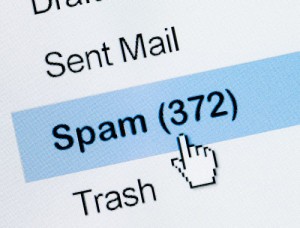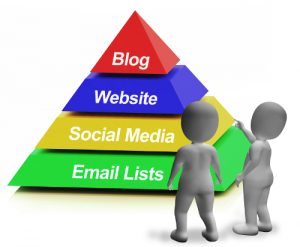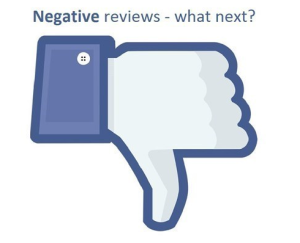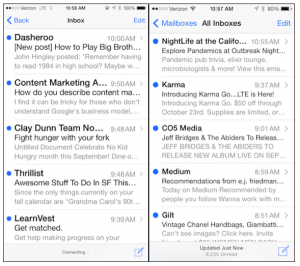
Everyone hates email. And yet, most of us find it indispensable. It’s pretty great, except for its overwhelming volume and relentlessness. So, grumble though we may, most of us are still heavily reliant on email.
That’s not a bad thing. Spam is a bad thing. Irrelevant content is a bad thing. But those bad things aren’t specific to email. Those problems plague everything from direct mail, to web content, to presentations at industry events.
Which is why email deserves a little more respect from marketers. Used well, email is an incredibly effective marketing tool. Certainly, there are things it can’t do, but when it comes to things like lead nurturing and maintaining relationships with existing clients, email is in a league of its own. Here are some tips how to use email effectively for your content marketing.
Relevant Content
Your content has to be relevant or you won’t even get the courtesy of an “unsubscribe.” You’ll get ignored and deleted. This takes work on two fronts:
- You have to put in the time to research and create content that answers the questions your clients and prospects are asking
- You may have to create different content (and separate mailing lists) for different audience segments if you are marketing more than one product/service
Without relevance, any other best practices you pay attention to aren’t going to matter. So let’s assume you’ve got the relevance question answered and move on to some of those best practices.
Subject Lines
Specific trumps general. Informative trumps promotional. Timeliness and a sense of urgency will improve open rates. Size may not matter. (There’s conflicting evidence on whether subject line length impacts open rates. Don’t go extraordinarily long or so short as to be cryptic, but otherwise you can devote your energy elsewhere.)
Regardless of length, you should try to get the more interesting elements toward the front of your subject line, since mobile viewers in particular might not see the whole thing. So this:
How To Use Email in Your Content Marketing – March 2016 – Andigo Newsletter
is preferable to this:
Andigo Newsletter – March 2016 – How to Use Email in Your Content Marketing
From / Reply To Addresses
Your From and Reply To address should be the same to maximize deliverability and minimize the chance of being caught in spam filters. The CAN-SPAM act requires that addresses not be misleading and make it clear who the email is from. (The CAN-SPAM act requirements go well beyond that.)
Also, if for administrative or sales purposes you want to have replies directed to another address, do so with a forwarder and email rules to keep the addresses the same.
Make sure the name associated with the address is recognizable. Don’t use shorthand, nicknames, or the name of the marketing intern who is sending the messages. The name should either include or be the company’s name, a principal, or the client/prospect’s primary contact. (This is true for non-promotional emails: we’ve recently changed our bookkeeper’s email address to read “Andigo Accounting” rather than her name, as many of our clients didn’t know her and deleted emails from her without reading them. And since those emails contain our invoices …)
For most firms, the personal touch – emails from Andrew rather than Andigo – are going to perform better. This is something you should test to find your sweet spot. (More on A/B testing below.)
Design and Layout
It’s a mobile world, and email is frequently something people attend to in what passes for down time these days – waiting in line, riding the train, in-between meetings. That means they’re accessing your message on their mobile device. Check your analytics to compare metrics between desktop and mobile if possible – what percentage of your audience is using each and how open rates and click-throughs stack up.
A single column layout is preferable, particularly on mobile. Images should have alt tags so that your message still make sense even with images not loaded. Best practices for HTML coding are a must, as is testing your template across email clients using a tool like Litmus. (Which comes built in to some email service providers.)
Use an Email Service Provider
A service like Mailchimp, Vertical Response, iContact, and others is an absolute must. Not only will they improve deliverability over sending from, say, Outlook on your desktop, but they also provide useful tools for scheduling, testing, and remaining compliant with anti-spam laws.
A/B Testing
Even with small lists, you should be A/B testing. Areas you can test include
- Subject lines
- Day of the week
- Time of day
- Promotional offers
- Layout
Test these one at a time so you can be certain of what is causing any differences you see. Once you’ve found something that works, stick with it until you see a drop in performance. (Though if you have a large enough list and the resources to act on the findings, you should be testing constantly.)
If you’re paying attention to the details, your A/B tests should help you fine tune your successful email marketing for even greater effectiveness.
You’ll probably find that effectiveness among the highest of all your marketing efforts. Email may not be as sexy as social media, but it serves a purpose that no other marketing technology has yet replaced.
Digital & Social Articles on Business 2 Community(34)
Report Post







